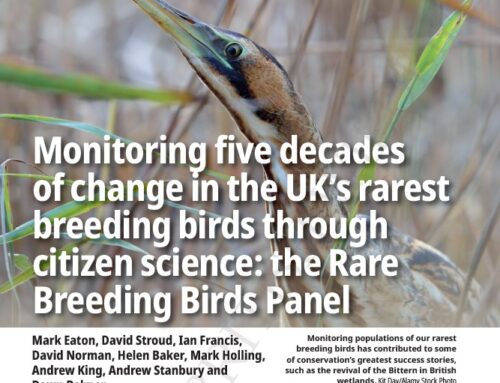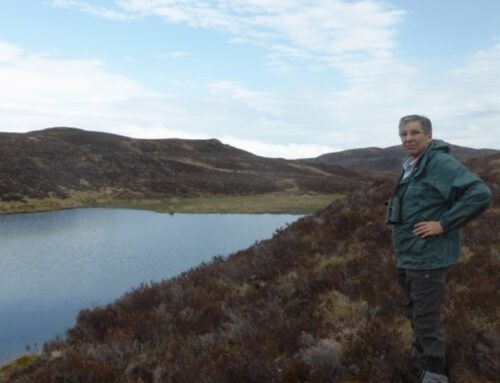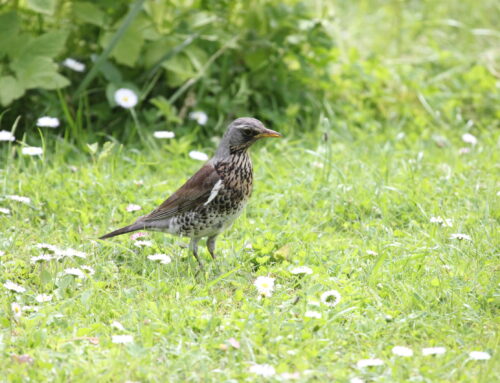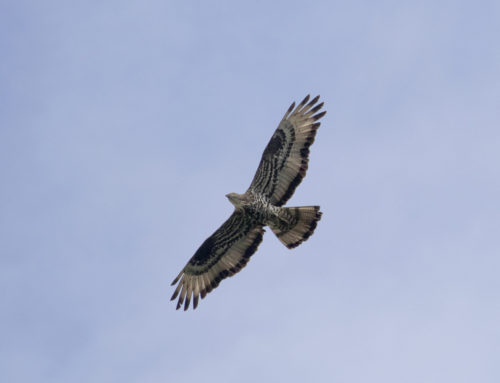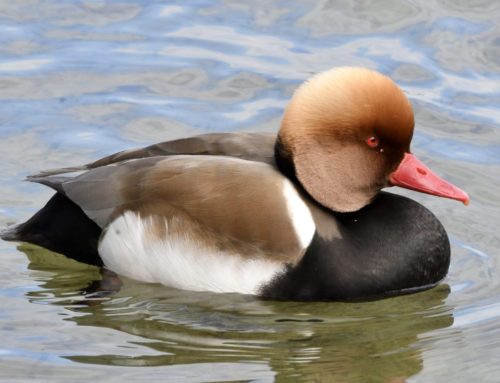Breeding Spotted Sandpipers in Britain
Amongst the regularly-occurring rare breeding birds which feature in the RBBP’s reports every year, there are always a smattering of additional species which make only occasional appearances as breeding birds, or potential breeding birds, in the UK. Many of these are the latter – just potential breeders, and the records reported tend to be of lone birds that establish territories but have not, to the best of our knowledge, been successful in attracting a mate. Examples of such species in our most recent report, for 2020, included Lesser Scaup, Pectoral Sandpiper, American Black Tern, Hoopoe and Blyth’s Reed Warbler.
Sometimes the occurrences of these “extreme” rare breeding birds become more frequent, in some cases in the process of colonisation – Little Egret being an obvious example. Most, however, have remained extremely rare, although there are quite a number of vagrants that, although they have failed to find a mate of the same species in the UK, have attempted hybrid breeding with a closely related species. In recent years these have included American Black Duck, Pied-billed Grebe and Ring-billed Gull. That they haven’t managed to find a mate of the same species is hardly surprising, given that these are American species, unlikely to cross the Atlantic in a pair, and also unlikely to find a mate once they have arrived. But one species that has, remarkably, achieved this is Spotted Sandpiper.

Spotted Sandpiper, Uig, June 1975 (Gordon E. Wilson)
A new paper published in British Birds this month by RBBP Archivist Mark Holling reviews the breeding records of Spotted Sandpiper in the UK. These include the amazing find of a breeding pair by Gordon E. Wilson, a birder from Berkshire holidaying on the Isle of Skye in 1975. A single bird was found on 15th June, and after subsequent sightings a nest was found on 27th June. It was hidden in dense vegetation close to the shoreline where the River Conon meets the sea, near Uig. Two Spotted Sandpipers were present, ruling out a hybrid pairing with a Common Sandpiper. Unfortunately, by 7th July the nest appeared to be abandoned, and subsequently the four eggs were collected and are now in the collection of the National Museum of Scotland.
This is the only proven breeding of a pair of Spotted Sandpipers in the Western Palearctic, and indeed appears to be one of only two proven breeding records of North American wader species this side of the Atlantic, the other being of Killdeer on the Azores. There are records heavily suggestive of the breeding of Pectoral Sandpiper, including from Scotland, but no confirmed records that we are aware of.
In addition to the single confirmed breeding attempt, there are a few other records of Spotted Sandpipers in the RBBP archive. Most notable are a series of records in Yorkshire in 1990, 91 and 92 of what is presumed to be the same individual Spotted Sandpiper in a pair with Common Sandpiper(s). In 1991, at Welbeck Southern Washlands Nature Reserve this bird was observed in the vicinity of three fledged young; it was not certain that it was the parent although this seems likely.
Otherwise, there have been four records of birds in suitable habitat in circumstances which suggest at least possible breeding, of which two – in Warwickshire in 1977, and in Cumbria in 2017 – have involved birds in apparent mixed pairs with Common Sandpipers. Spotted Sandpipers in breeding plumage occur in the UK in most, if not all springs, and so it is likely that records of birds holding territory in suitable waterside breeding habitat are likely to continue to occur. Whether any birds will meet each other, and we will see a repeat of 1975’s amazing record, remains to be seen!


